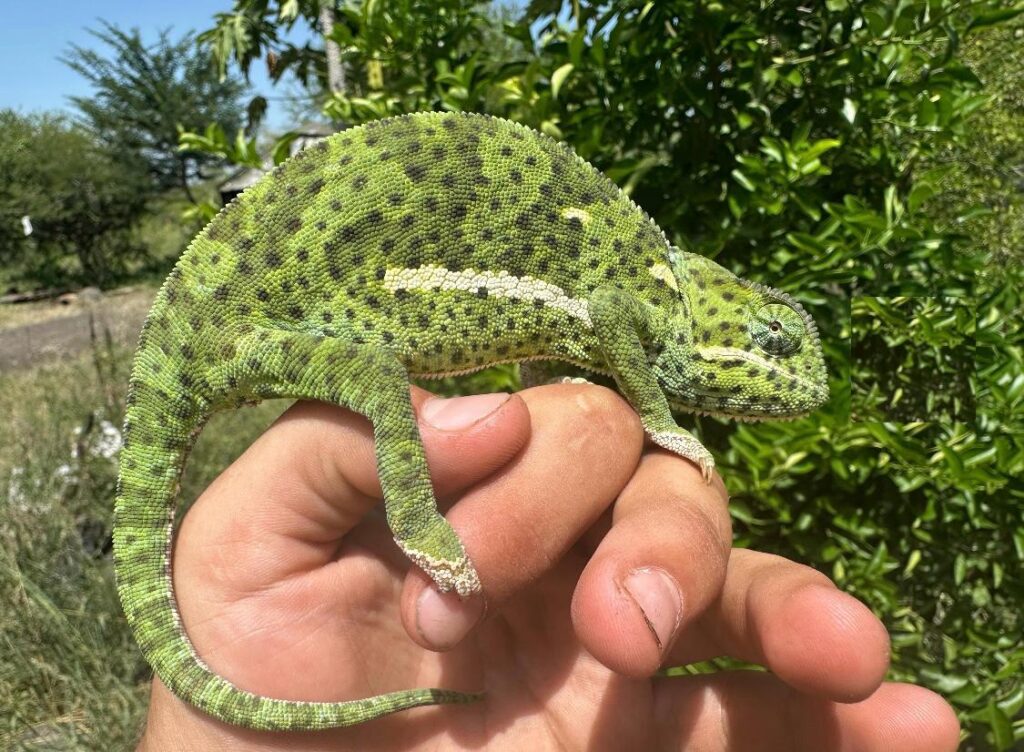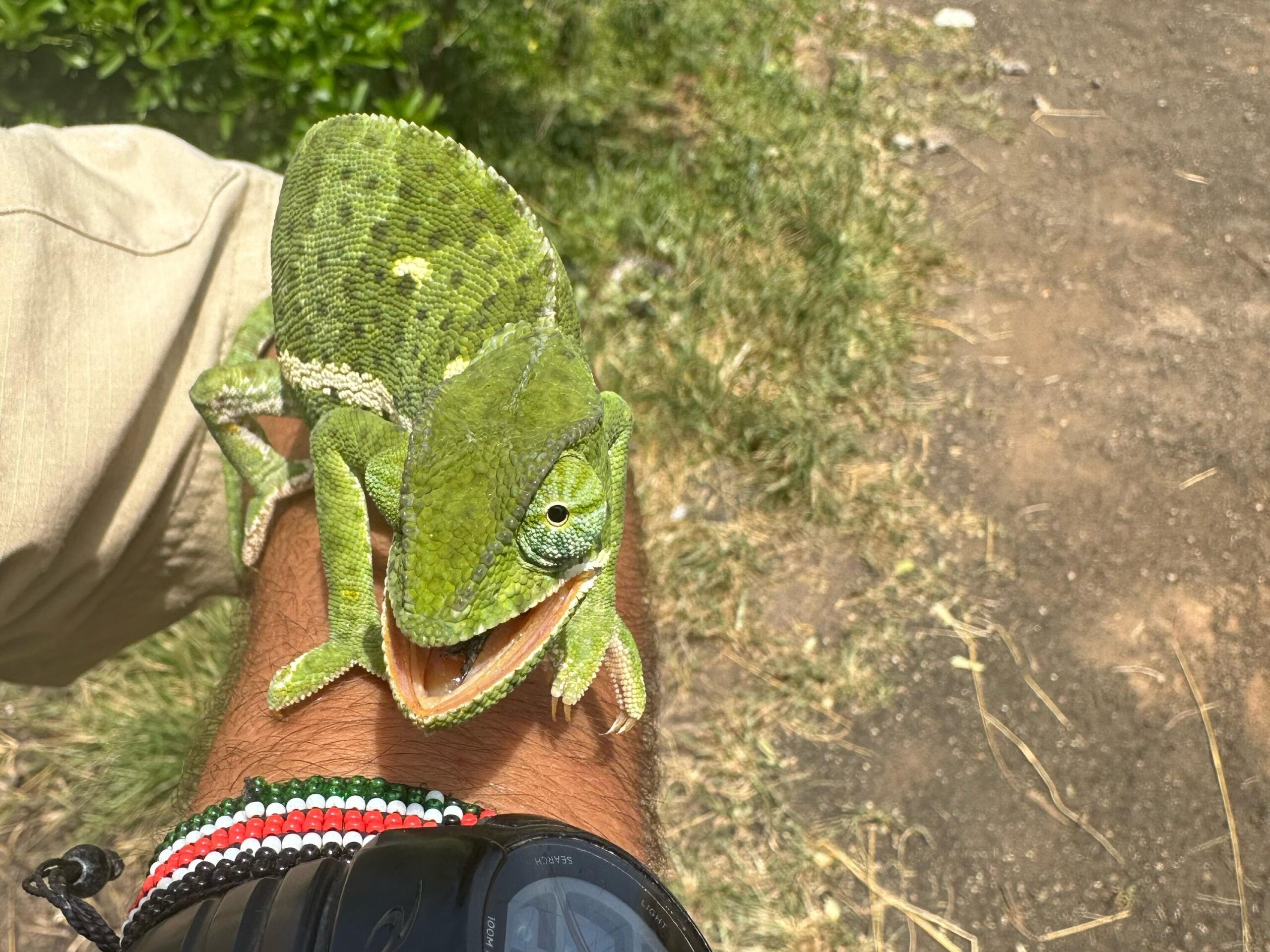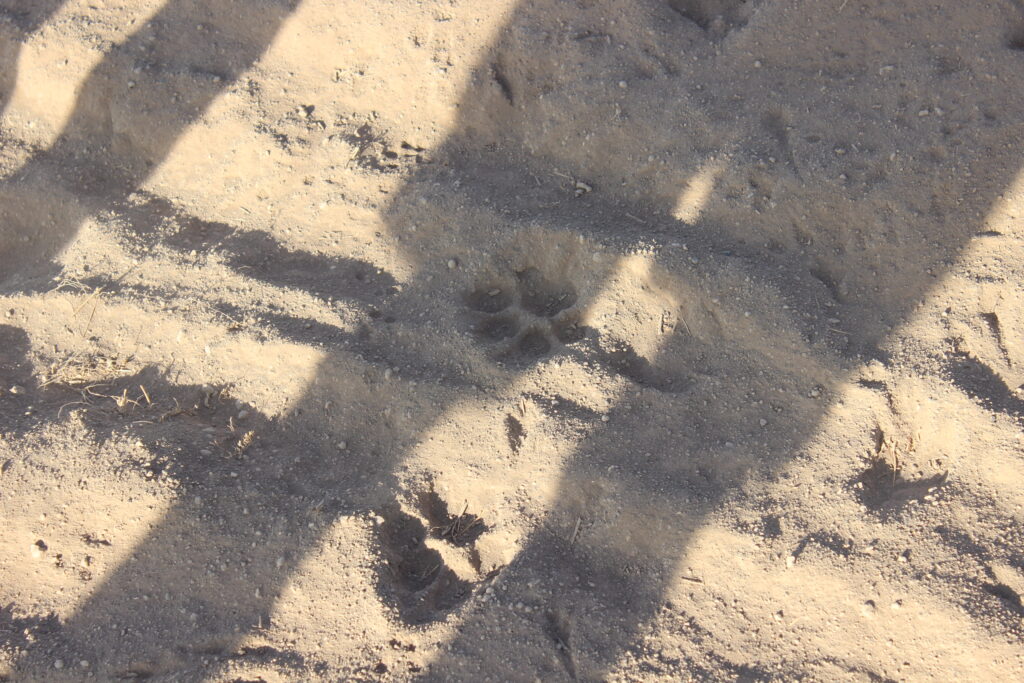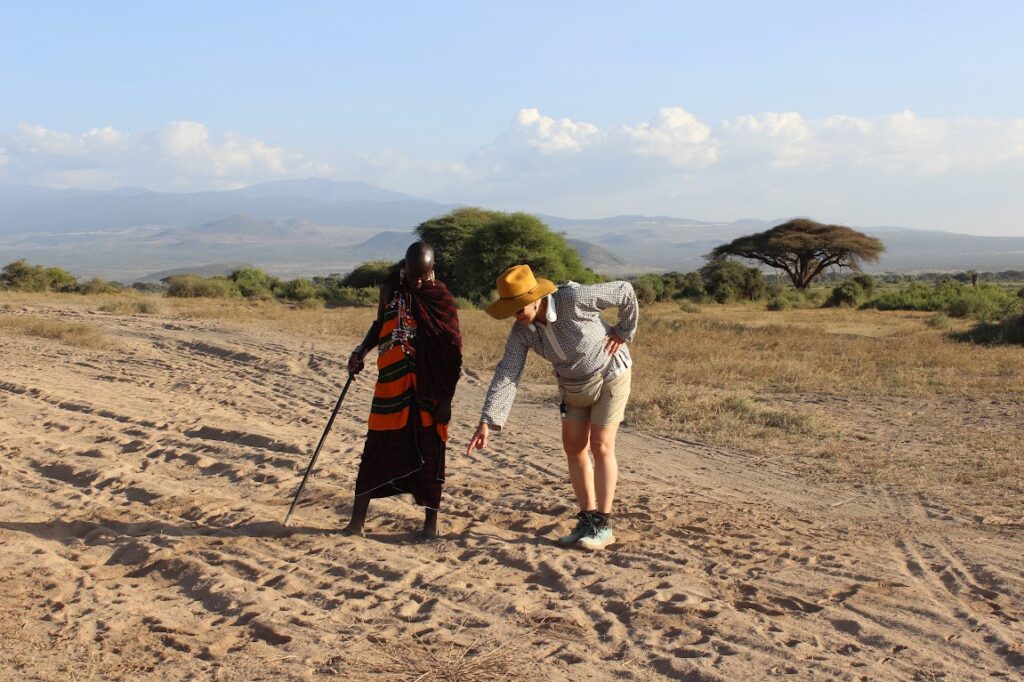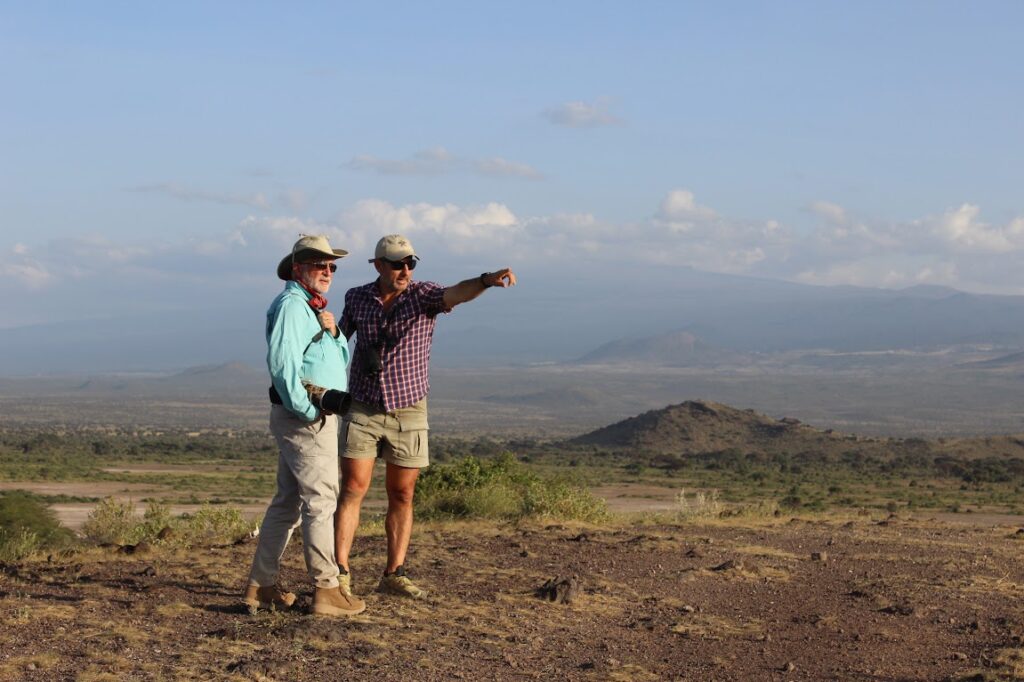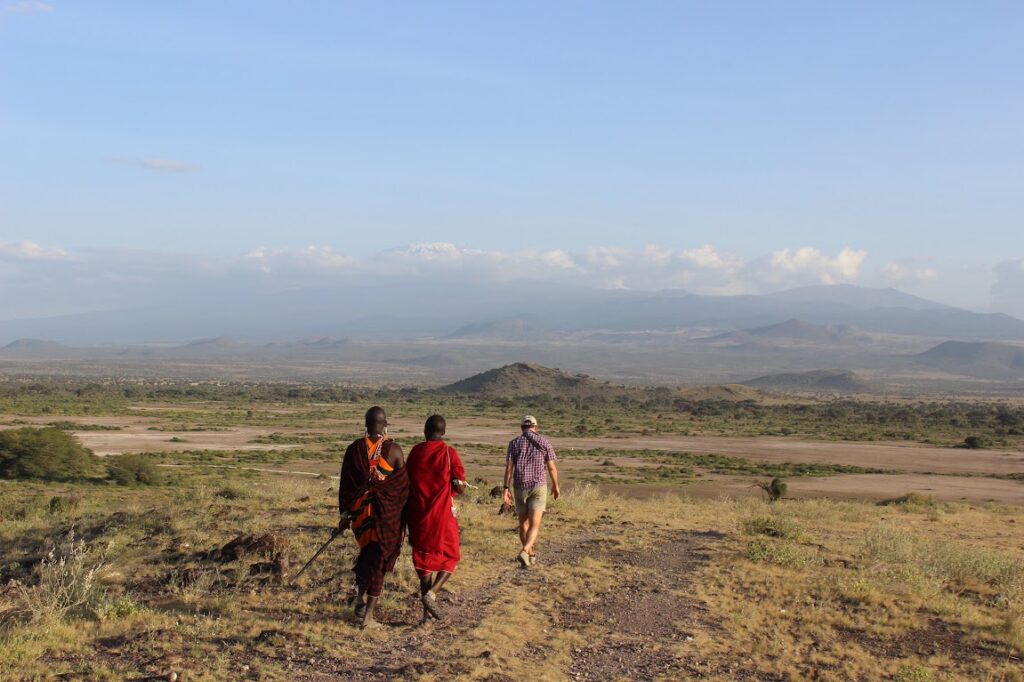Ollie Saunders; A Night With The Rangers
My son, Ollie has stepped up to some exciting opportunities this year alongside his junior guiding work. This season he spent a night on patrol with rangers from Big Life Foundation, gaining a first-hand insight into the daily challenges and rewards of wildlife conservation. Here is what he had to say about the experience upon an interview:
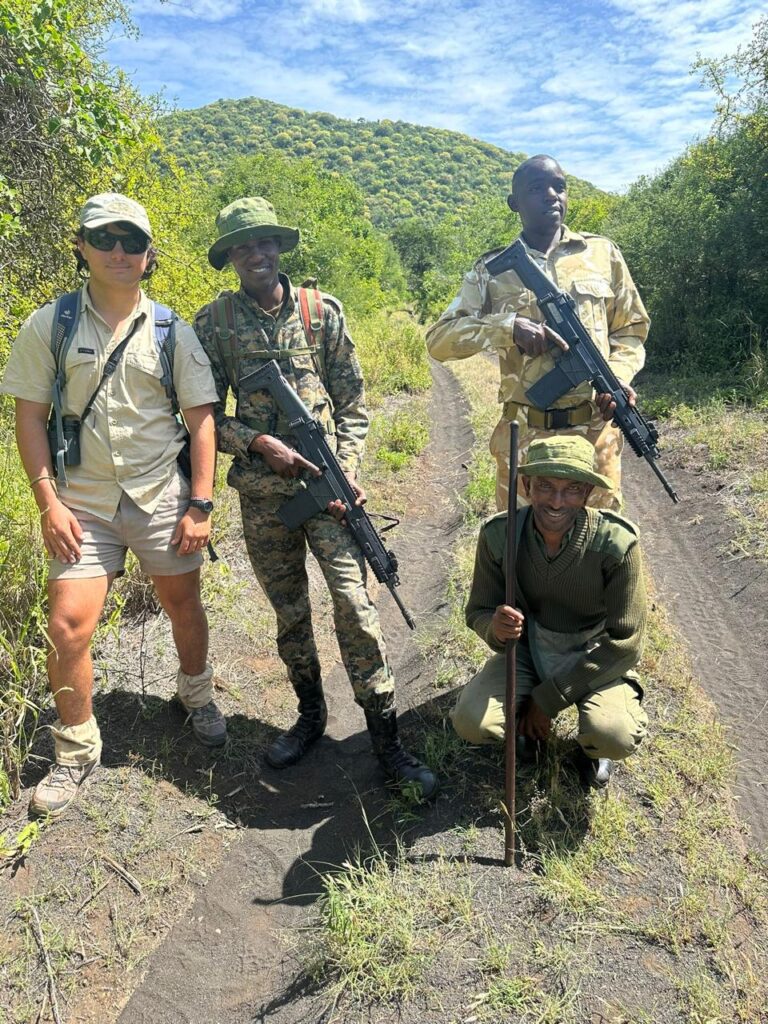
“What struck you most about the work being done by the rangers?”
Ollie – “How passionate the Rangers were about their work. It all takes place out in the African bush where most of them grew up, so seeing their familiarity with that environment was amazing. And as the rangers do this all the time, they are a close-knit squad; with strong camaraderie amongst them.
I was so impressed with their outdoor knowledge, their bush skills from having grown up in the wild, like differentiating between even the smaller marks left by rhino v elephant. They really know their job, the core part of which is looking for any signs of rhino activity, even when the signs are subtle and hard to see to the untrained eye. My walk covered rough country over an old lava flow, with plenty of acacia thorn, and this is typical of the challenging terrain the Rangers cover every day.”
“Why do you reckon the work done by these rangers is so valuable?“
Ollie – “The habitat these endangered rhino live in is only accessible by foot, and only these rangers have the ability to get in and track close to the rhinos. Many hours walking through the lava rock and acacia thickets to get status reports on takes many hours of tough tracking. This is so important because the Chyulu Hills offers a sanctuary to the rhinos, who as a large herbivore are a key species within that ecosystem.”
“By protecting rhinos, what are the other benefits to wildlife in the area?“
Ollie – “Having rangers out in the field means locating and deterring poachers who otherwise would be after everything from scrub hares for bushmeat, to elephants for their ivory. The Rangers check their trail-cams and search for other man-made tracks throughout the Conservancy; while all the time gathering information on other animals especially endangered ones like lion and elephant.”
“What are the main challenges and rewards for people living in this region?“
Ollie – “Most Rangers here are from the local area, which shows communities nearby that their knowledge of the environment is of value. This level of employment offers benefits to the Ranger’s families in an area where Conservation and Tourism are an increasing meaningful career prospects.
If any of you have met my son Ollie, you will know his passion and incredible ability to find chameleons, and here is one called the flap necked chameleon he found whilst on patrol.
